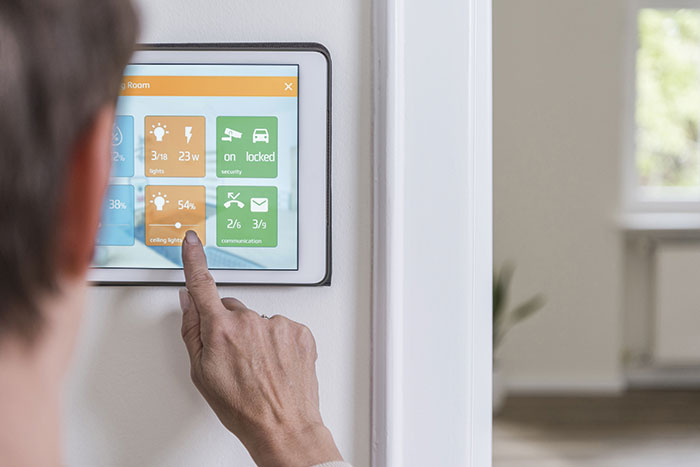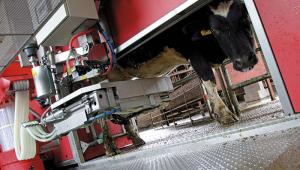
You probably know someone affected by dementia.
More than 800,000 people in the UK have been diagnosed with the condition, and over 40% of the population have a friend or family member affected.
Dementia costs the UK over £26bn a year, with two thirds of this provided by patients and their families, through unpaid or private care.
It therefore places a huge burden not just on the health and social care systems but also on individuals, families and networks of care.
There will be more than one million people with dementia in the UK by 2021, rising to 1.7 million and 135 million worldwide by 2051.
This is often referred to as the ‘dementia timebomb’.
Dementia is a disease, not a natural consequence of ageing. The longer-term solution must be to invest more in research into prevention and cures, which in the past has been dwarfed by research spending on conditions such as cancer and heart disease.
Can technology help people with dementia have a better quality of life, retain independence and reduce costs?
Most of the focus in the past has fallen on assistive technologies and telecare devices, which are designed to detect motion, reduce risks and monitor patients.
These systems are now widely used and newer technologies now offer more possibilities at lower cost.
For example, ‘smart home’ devices can provide many functions at relatively low cost, using sensors that detect motion, moisture and temperature, as well as remotely control heating, lighting, locks and video equipment.
Other everyday technologies are also proving useful, such as devices to monitor a person’s location, video games to exercise the brain and retain memory, and equipment and apps to help with memory loss, orientation or communication.
For some, this means using a tablet or phone to get reminders; for others it might mean a motion sensor that plays a recorded voice prompt reminding them to “take your keys and lock the door”.
Smart home devices can usually be linked to technologies like Amazon’s Echo or Apple’s Siri so they can be controlled with voice commands, which can help people with mobility problems or who are confused by multiple controls.
They can play music and audio books, answer questions like “what day is it?” or “what’s the time?”, as well as tell jokes. Plus, they don’t get frustrated by endlessly repeated questions. Technology can give access to social networks and information sources for both patients and their carers.
In Japan, they have been experimenting with using robots to stimulate the minds of people with dementia and act as social companions; relatives can connect to the robots to check on people.
There is of course the danger that these types of devices will further confuse a person who already struggles to understand what is real and imaginary.
Plus, there is the risk that they can be misused so there are ethical issues around consent, control and who benefits.
Technology should be used only when it’s needed, wanted and adds value, and nobody should be forced into using technology they don’t want.
These types of technologies can offer considerable benefits for patients and carers but can never replace the important need for human interaction and touch.




















